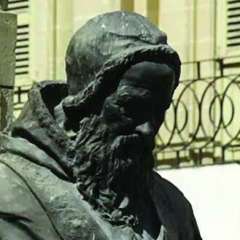Answering Eastern Orthodox Objections (Part 1) – Schism, Greek episcopate on Divine Roman Primacy, Vigilius/Honorius, & Council vs Pope
Оцени ову тему
-
Чланови који сада читају 0 чланова
- Нема регистрованих чланова који гледају ову страницу
-
Сличан садржај
-
- 0 одговора
- 124 прегледâ
-
- 8 одговора
- 288 прегледâ
-
- 0 одговора
- 291 прегледâ
-
- 1 одговор
- 385 прегледâ
-
- 14 одговора
- 648 прегледâ
-




Препоручена порука
Придружите се разговору
Можете одговорити сада, а касније да се региструјете на Поуке.орг Ако имате налог, пријавите се сада да бисте објавили на свом налогу.